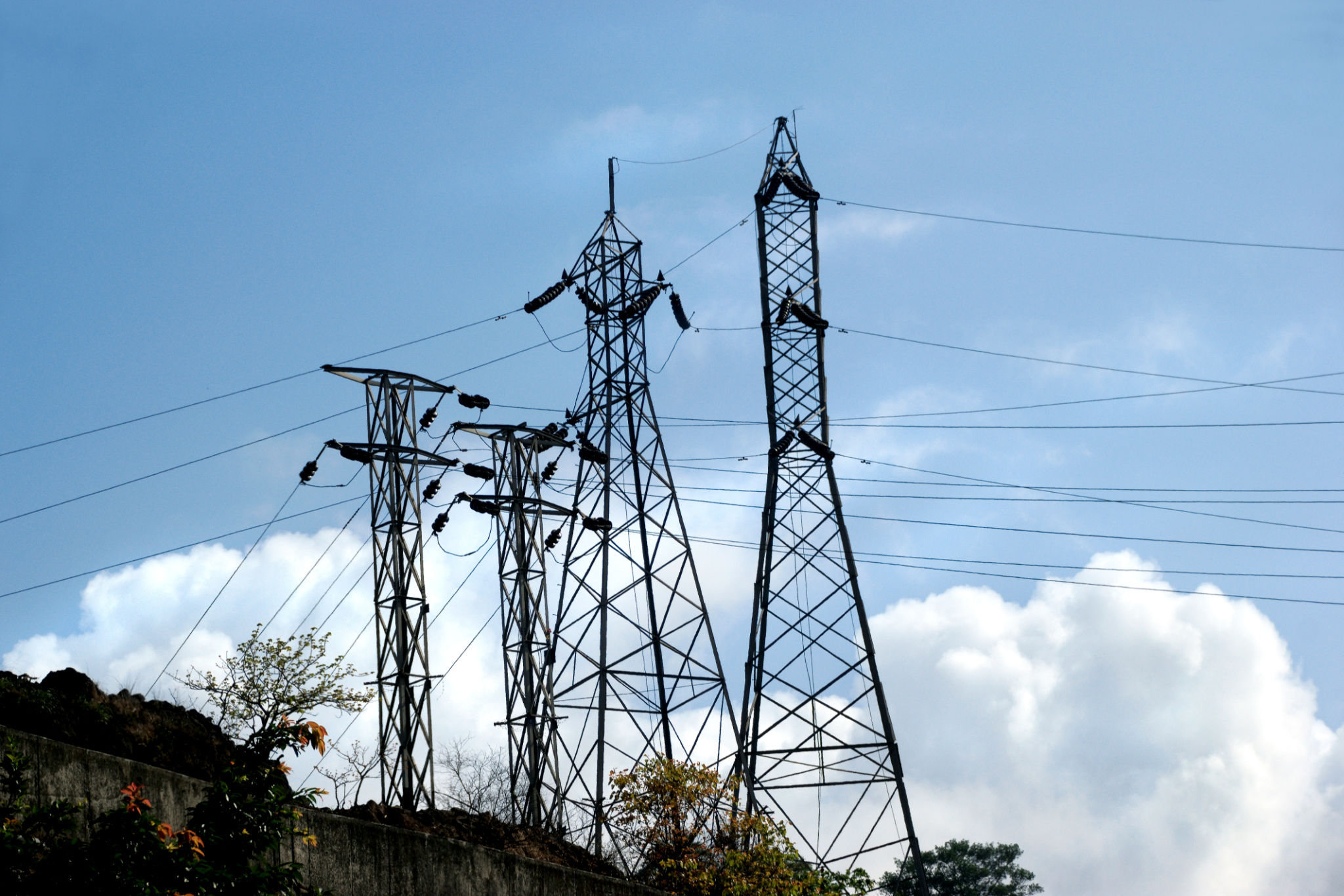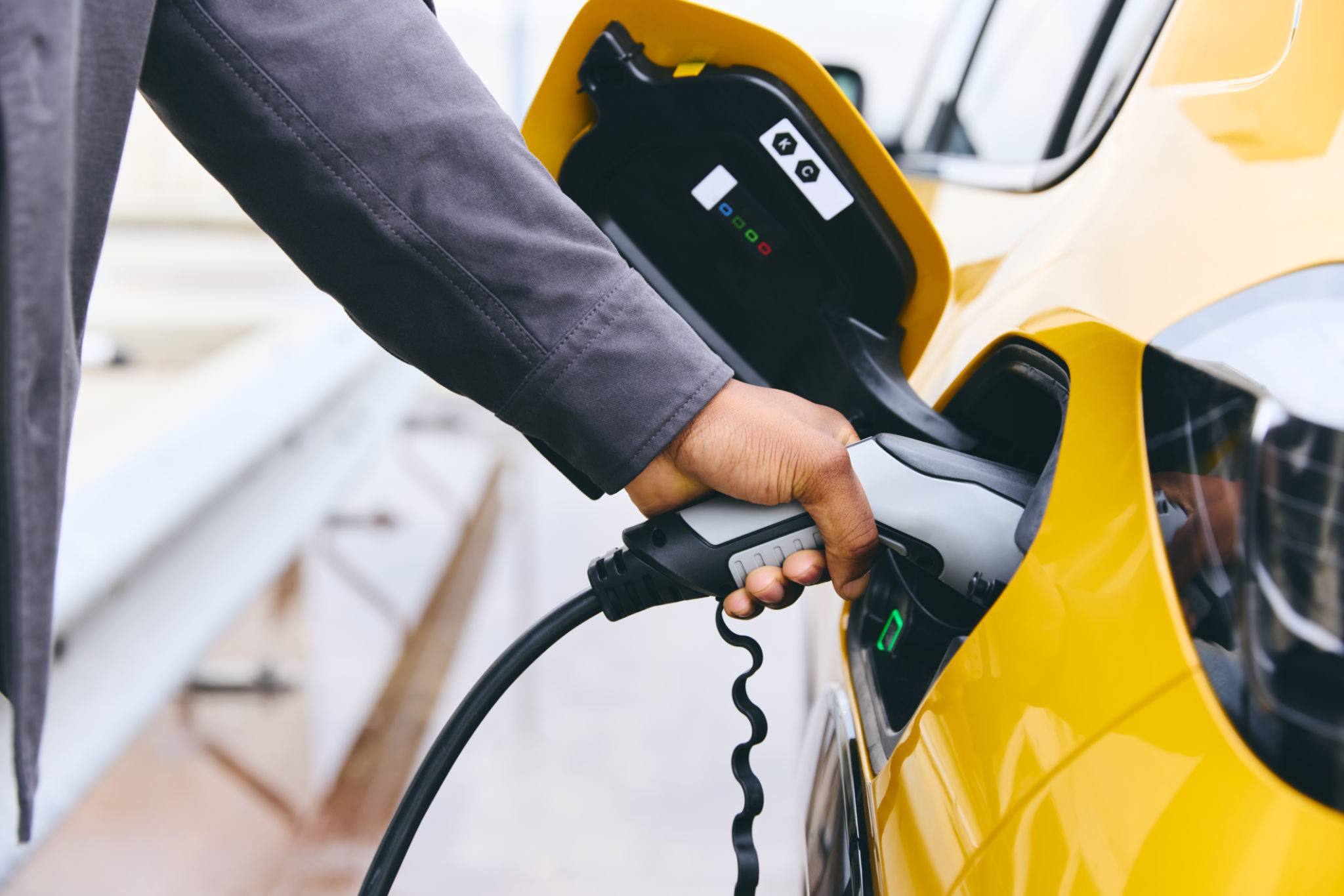Myth-Busting: Common Misconceptions About Electrification in Southside
Understanding Electrification in Southside
Electrification in Southside is a topic that has garnered much attention and debate in recent years. As communities strive to adapt to modern energy solutions, a myriad of misconceptions have emerged, clouding public understanding. This blog post aims to clarify some of these common myths and provide a clearer picture of what electrification truly entails for Southside residents.

Myth 1: Electrification Is Too Expensive for Most Households
One of the most prevalent myths about electrification is that it is prohibitively expensive for the average household. While initial installation costs can be significant, it's essential to consider the long-term financial benefits. Electrification can lead to reduced utility bills due to increased energy efficiency and the potential for government incentives or rebates that can offset installation expenses.
Moreover, as technology advances and more companies invest in renewable energy sources, the costs associated with electrification are expected to decrease. This trend will likely make electrification more accessible and affordable for a broader range of households in the near future.
Myth 2: Electrification Is Unreliable
Another common misconception is that electrified systems are less reliable compared to traditional energy sources. In reality, modern electrification technologies are designed with resilience and reliability in mind. Advanced battery storage solutions, smart grids, and improved infrastructure contribute to a more stable energy supply.

Myth 3: Electrification Only Benefits Urban Areas
There's a belief that electrification primarily benefits urban areas, leaving rural communities behind. However, electrification has the potential to drastically improve energy access in rural regions. By reducing reliance on distant power sources and encouraging localized energy production, electrification can enhance energy security and independence for rural communities.
Community-based projects and initiatives are already making headway in bringing electrification benefits to less densely populated areas. These efforts highlight the inclusive potential of electrification across various demographics.

Myth 4: Electrification Is Harmful to the Environment
Some argue that the environmental impact of manufacturing electric systems negates their benefits. While it's true that production processes can have environmental footprints, the overall impact of shifting to renewable energy sources significantly reduces carbon emissions over time.
By decreasing reliance on fossil fuels and embracing sustainable energy solutions, electrification plays a crucial role in combating climate change and promoting environmental stewardship. The transition supports a cleaner, greener future for Southside and beyond.
Myth 5: Electrification Means Sacrificing Comfort or Convenience
Critics often claim that adopting electrified systems requires sacrificing comfort or convenience. However, advancements in technology have ensured that electric heating, cooking, and transportation options are both efficient and user-friendly.
Electric vehicles, for instance, offer a smooth driving experience with less maintenance than traditional cars. Similarly, electric heating systems provide consistent warmth without the drawbacks of traditional heating methods.

The Path Forward
As Southside continues to explore and implement electrification strategies, it's crucial to dispel these myths and focus on the genuine benefits that can be achieved through informed decision-making. By embracing electrification with a clear understanding, communities can unlock improved quality of life, economic savings, and environmental sustainability.
Ultimately, addressing these misconceptions will pave the way for a brighter and more energy-efficient future for Southside and its residents. The journey toward comprehensive electrification requires collaboration, education, and a commitment to innovation from all stakeholders involved.
